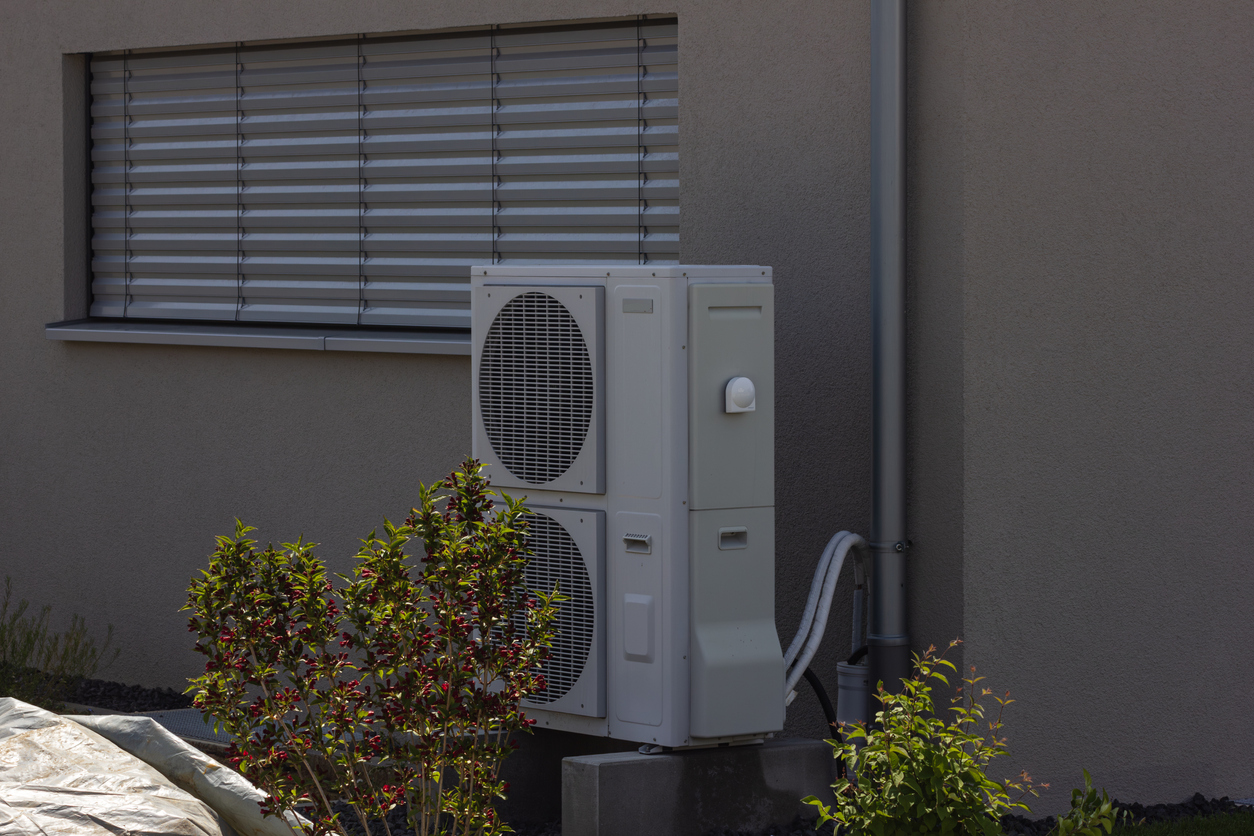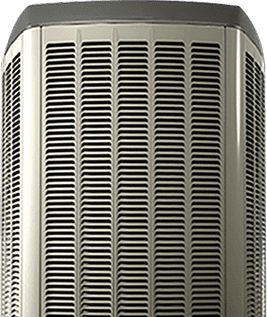Furnace Not Kicking On When Temperature Drops

Furnace Not Kicking On When Temperature Drops
Having an uncooperative or malfunctioning furnace during a cold snap is likely the worst way to spend a winter break. If the temperature has recently dropped, and yet your furnace isn’t turning on, you’re battling the clock to navigate the issue before your pipes all freeze. But why is your furnace not kicking on when the temperature drops?
If you ever find yourself in this position, know that the team at Furnasman is here for you 24/7/365 days a year including after-hours, weekends, and holidays at no extra cost to you!
Why does my furnace stop working when it gets really cold?
It isn’t an uncommon thing for furnaces to start to experience issues when temperatures get extremely cold. Several factors can contribute to this problem. One primary reason is that the furnace’s components, such as the igniter, pressure switches, or even the fuel supply, might struggle to function optimally in frigid conditions. Cold temperatures can cause certain materials to contract, making it harder for mechanical and electrical components to operate smoothly.
Also, if your furnace is older or simply hasn’t been very well-maintained, then the cold snap may be exacerbating existing wear and tear. Components that are already slightly degraded could fail to function altogether when subjected to the stress of low temperatures. Insufficient insulation or poor ventilation in your home can also play a role. Infiltration of cold air might cause your furnace to work harder and perhaps trip safety devices that shut it down to prevent overheating or other risks.
Ensuring proper furnace maintenance and upkeep can mitigate the chances of this happening. This includes having a technician come do a regular inspection, filter change, servicing, etc., to prevent breakdowns during the cold weather snaps. If the issue persists, then it’s likely time to consult a professional HVAC technician to help identify and resolve specific issues affecting your furnace’s performance in cold conditions.
In the event that you need a new furnace for your home, know that our team will help you save as much as possible on your new equipment with numerous available discounts and financing options! You’ll also receive a free new system purchase quote from one of our home comfort advisors during your consultation appointment!
Why is my furnace not responding to the thermostat?
This may sound obvious, but first of all: check to see if the thermostat is actually on. Many homeowners neglect to assess the thermostat’s status before they call a technician, when the issue really could have been remedied by addressing the thermostat – i.e., the part of your heating system which is designed to assess room temperature and trigger your furnace accordingly to maintain a consistent and comfortable temperature.
If your thermostat is programmable, ensure that the display is active, the furnace is on, and the unit is set on “heat.” For those with a manual thermostat, the switch is easily turned off during dusting or even during other household chores, so ensure that the thermostat is switched on.
However, if the thermostat won’t turn on or your furnace is simply not responding to your thermostat, then this may be an indication of a larger issue that requires a technician.
Why is my furnace not kicking on automatically?
Having a faulty furnace in the midst of the cold winter is not a pleasant experience – for anyone. Here are some reasons why your furnace may not be triggering automatically; you can solve some of these matters yourself, where others may require a call to a technician. Be sure to do some of the easier troubleshooting first before resorting to a tech.
Reason no. 1: Clogged air filters
If your air filters or furnace filters are looking grey and fuzzy, odds are that they’re needing replacement. If they get dirty enough, they may actually cause your furnace to stop functioning altogether because the restricted airflow results in heat building in the heat exchanger. Your furnace will have a limit switch that triggers once the temperature reaches a designated point, which then triggers the furnace to turn off. Ensure your units can function effectively by replacing furnace air filters every 1-3 months.
Reason no. 2: Dirty ignition sensor
Your ignition sensor is virtually a safety device that detects when your gas furnace is burning gas. It utilizes the increasing temperature as a metric to identify flames, and if it cannot detect flames it will turn off the furnace to avoid unburned gas from escaping. If there is plenty of residue buildup, then the flame sensor may stop working properly. You can clean the ignition sensor yourself, but if it feels too complicated for you, you can also call a tech.
Reason no. 3: Gas supply issue
This is a more complicated issue that really requires the intervention of a tech pro. If you have a gas furnace, there’s a chance the issue could lie with the gas supply – i.e., the gas valve itself. If this is the case, then the furnace won’t even be able to ignite, even if the thermostat is calling for more heat in the home.
Reason no. 4: Blown motor problems
If the blower motor that circulates air through your HVAC system is failing to work, whether due to the fact that it’s accumulated a lot of debris and dust, or simply because it’s inefficient/aging and seeing signs of wear and tear, it can result in the furnace not starting, or shutting off quickly after having started.
Reason no. 5: Thermostat malfunction
A malfunctioning thermostat won’t be able to send a signal to the furnace to turn on. You’ll want to check to see if the thermostat is responsive and displaying the current temperature accurately. You may even try to turn off the thermostat and turn it back on again.
When in doubt, call a technician. If you’ve done all the easier troubleshooting issues, even the ones they’ve told you to do over the phone, and your furnace still isn’t working, it’s time to call in the pros at Furnasman. They’ll be able to easily diagnose the issue, then solve it.
